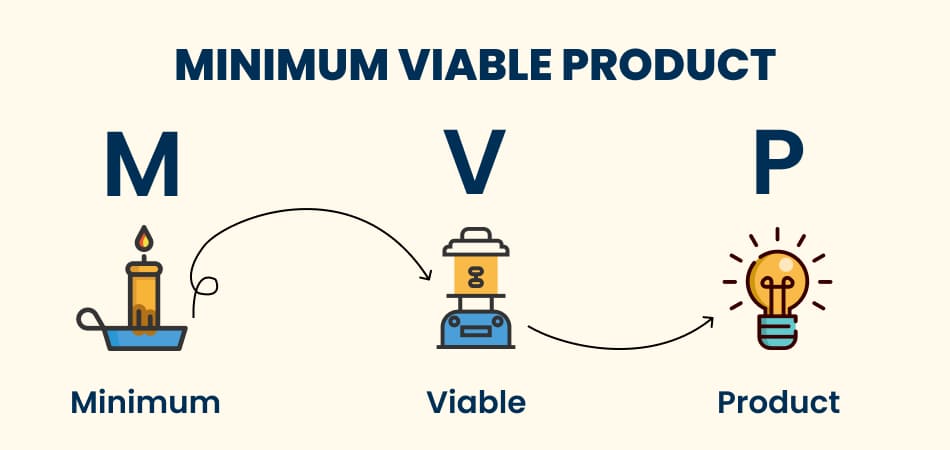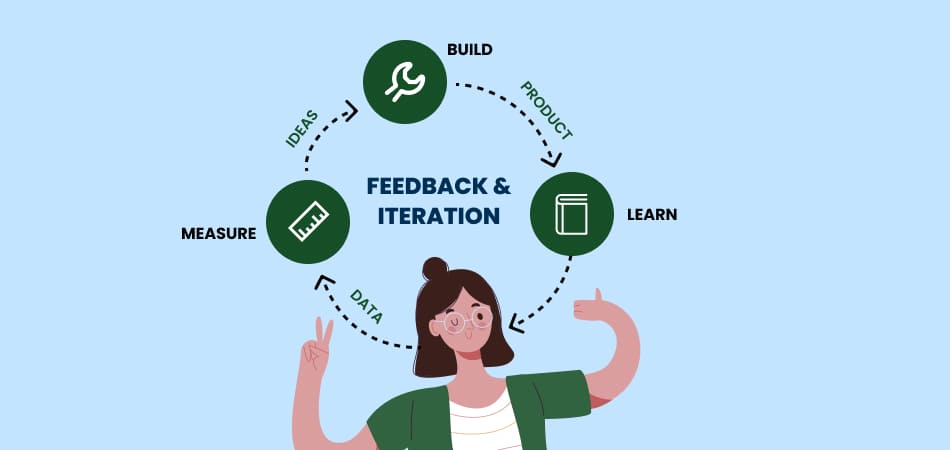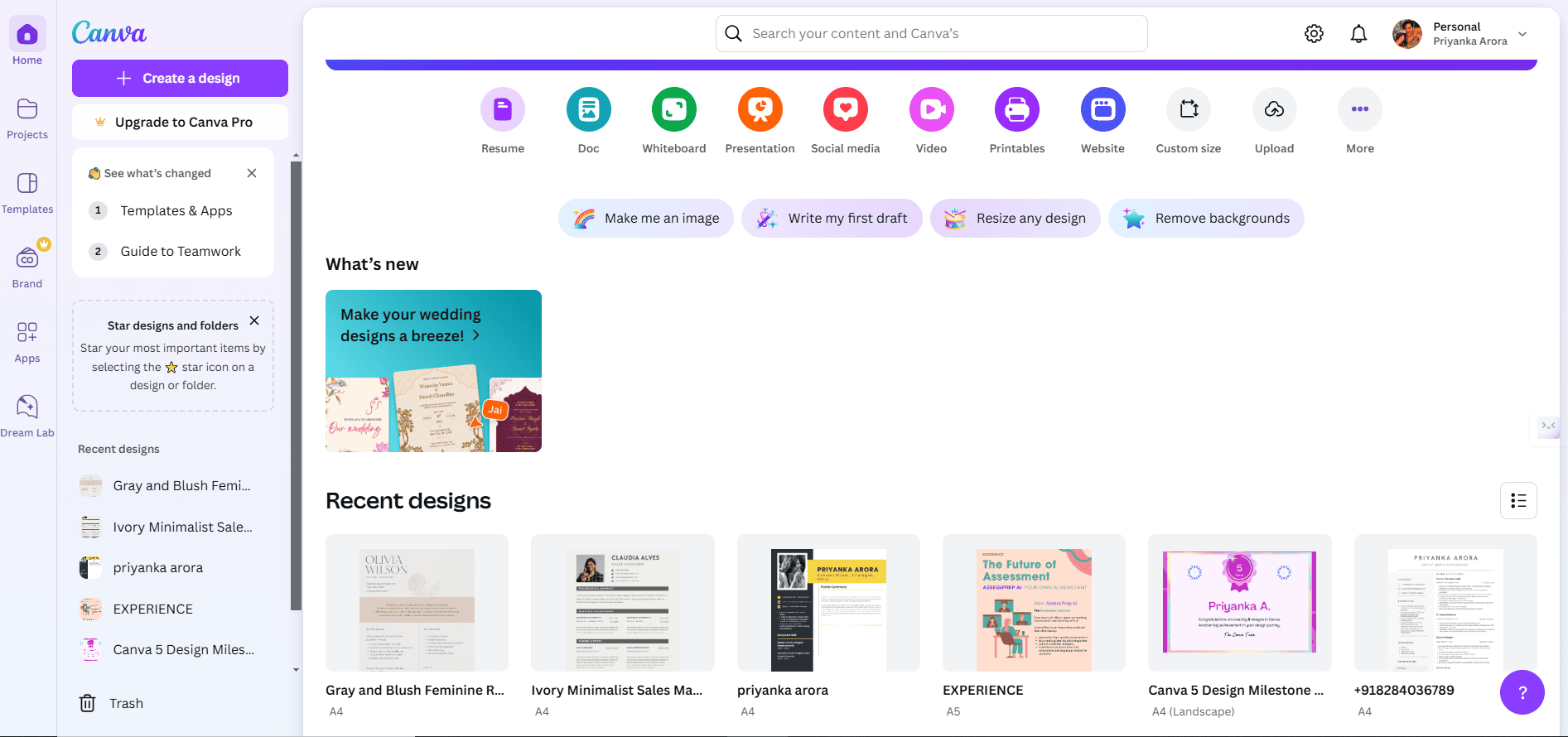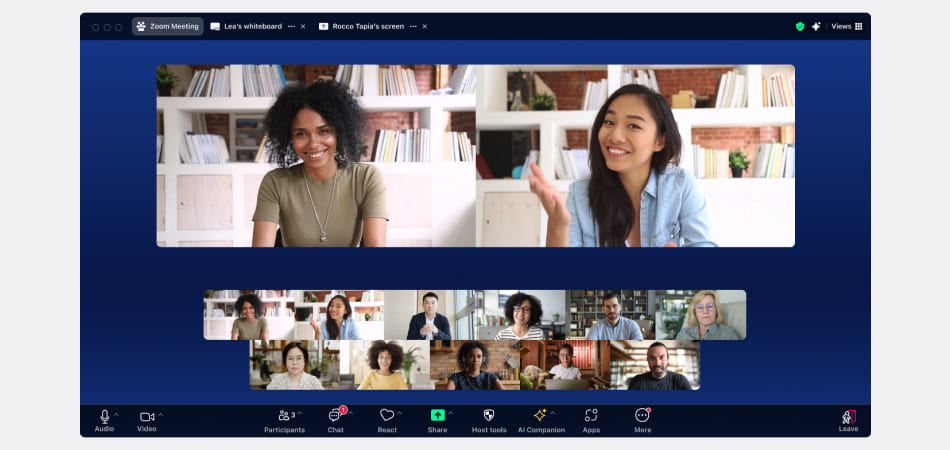Here’s an alarming revelation from Gartner:“Three in five software buyers (60%) regret a purchase within the last 12 to 18 months…”That’s a huge number given the fact that the market is flooded with software products. Evidently, in an increasingly competitive digital landscape as we have today, creating software that resonates with users is not just an advantage but a necessity. But, achieving this is no small feat. It requires a deep understanding of users, strategic planning, and a relentless focus on usability and value.
So, we thought we’d share our insight that we have from years of experience in the software industry. We wrote a checklist that includes essential practices, how to execute these practices, and common pitfalls involved in building software that users truly appreciate.
Understanding Your Users
A user-first approach is the cornerstone of any successful software product. Understanding your users means going beyond surface-level assumptions to uncover their true needs and pain points. Here’s how:
- Conduct In-Depth User Research: Use surveys, interviews, and analytics to gather actionable insights. Engage with potential and current users to understand their behavior, challenges, habits, preference and all that influenced their decision to buy and use a product.
- Identify Pain Points and Desired Outcomes: Find out what users are struggling with and what they want to achieve. Then map these pain points to features or solutions that your software can offer.
- Create User Personas: Develop detailed personas that represent your target audience and then use them to align product development with user expectations. Here’s a handy guide on how to create user personas from Figma about.
Common Mistakes
- Ignoring user needs or relying solely on assumptions
- Skipping validation processes that confirm whether your solutions address real problems
Define Product Vision & Goals
A well-defined product vision provides direction and ensures alignment across teams. It’s not enough to have a good idea; you need a clear roadmap to bring it to life. Define and communicate the product’s value proposition effectively and ensure all stakeholders are aligned with the product’s purpose.
- Establish a Clear Product Vision: Anchor the vision in user needs and market opportunities. See to it that it communicates the unique value your product brings.
- Set Specific, Measurable Goals: Define objectives that directly address user pain points. Use metrics such as Task Completion, Error Rate, Customer Support Tickets, etc., to track progress and refine strategies.
Common Mistakes
- Being vague about the product scope or direction
- Overpromising features that may not align with user needs
Prioritize Features & Build an MVP
Balancing ambition with practicality is key when developing software. An MVP (Minimum Viable Product) allows you to focus on core functionalities while validating your ideas and keeping the risk minimal.
- Focus on Core User Needs: Identify and prioritize the most essential features and ensure these features solve the primary problems of the user.
- Avoid Feature Bloat: Resist the temptation to include every possible feature. Use feedback to guide feature expansion over time.
- Iterative Development: Embrace Agile methodologies for continuous improvement and to regularly release updates based on user input.

Common Mistakes
- Overbuilding or investing resources in features with low user impact
- Launching without thorough testing or user validation
User-Centric Design & Usability
Great software is intuitive, accessible, and enjoyable to use. Prioritizing user experience (UX) and design can make the difference between a product that frustrates and one that delights.
- Simplify UI/UX: Keep interfaces clean and navigation straightforward. The aim is to reduce cognitive load with consistent design patterns.
- Prioritize Accessibility: Ensure that the product is usable by people with diverse abilities. Adhere to accessibility standards like WCAG.
- Test and Iterate: Use wireframes, prototypes, and A/B testing to refine designs. Gather user feedback to identify usability issues.
Common Mistakes:
- Ignoring usability testing or dismissing user feedback
- Overcomplicating design elements, leading to confusion
Continuous Feedback & Iteration
Software development is never truly finished. User expectations evolve, and so should your product. It is essential to regularly update the product based on real-world usage data.
Being transparent with users about improvements and updates is key.

Here’s how you can effect it:
- Establish Feedback Loops: Encourage users to share feedback through in-app surveys and forums. Continuously monitor reviews and support tickets for recurring themes.
- Leverage Data and Testing: Use analytics to track user behavior and identify friction points. Conduct A/B testing to determine the most effective solutions.
Common Mistakes:
- Relying solely on internal opinions or assumptions
- Delaying updates due to fear of making changes
Measuring Success with the Right Metrics
Tracking the right metrics ensures you’re on the path to building a product users will adopt and ultimately, love.
- Track User-Centric KPIs: User retention, active usage, and satisfaction scores are key metrics. Measure Net Promoter Score (NPS) consistently to gauge user loyalty.
Common Mistakes:
- Focusing on vanity metrics such as download numbers or page views. These can be deceptive if not tied to engagement.
Scaling Without Diluting Value
Growth should not come at the expense of usability or core product value. You should be scaling features that meet evolving user needs. Stay true to the principles that made your product successful.
- Maintain Focus on Core Value: Make sure new features align with the original product vision. Avoid overwhelming users with additions that may look fancy but bring no real value.
- Balance Growth and Quality: Invest in infrastructure to support scaling without performance issues. Continue seeking user feedback to guide expansion.
Common Mistakes
- Sacrificing user experience for the sake of rapid growth
- Neglecting the foundational elements of your product
3 Software Products that People Love and Why
Canva
-
- Why Users Love It: Canva’s intuitive interface and drag-and-drop design tools make it accessible for users of all skill levels. Canva offers templates and customization options that empower creativity without complexity no matter if you’re a professional designer or a complete novice.

-
- Best Practices: Canva invests heavily in user feedback, regularly rolling out new features that address evolving user needs. For instance, their introduction of collaborative features and team accounts has made it a favorite for businesses and educators.
Lessons Learned: Simplicity doesn’t mean limited functionality. Canva strikes a balance by providing advanced tools for professionals while remaining beginner-friendly.
Slack
- Why Users Love It: Slack revolutionized workplace communication with its seamless integration of messaging, file sharing, and app integrations. Its user-friendly interface and customizable notifications make it a go-to platform for in-office as well as remote teams.
- Best Practices: Slack’s focus on integrations—from Google Drive and Dropbox to Trello, GitHub, and Mailchimp—enables teams to centralize their workflows. Its use of playful design elements, like emojis and custom reactions, adds a human touch to communication.
- Lessons Learned: Engagement and functionality go hand in hand. Slack’s success lies in making work communication less stressful and more engaging.
Zoom:
- Why Users Love It: Known for its reliability, Zoom offers high-quality video conferencing with features like breakout rooms, virtual backgrounds, and screen sharing. Its ability to handle large-scale meetings with minimal technical issues sets it apart.

- Best Practices: Zoom’s user-first approach is evident in its continuous improvements, such as enhanced security protocols and real-time transcription services. These updates demonstrate their commitment to addressing user feedback.
- Lessons Learned: Stability and performance are paramount in tools people rely on daily. Zoom’s ability to scale without sacrificing quality has been key to its widespread adoption.
Conclusion
Building software that users love is both an art and a science. By understanding your users, defining clear goals, prioritizing usability, and iterating based on feedback, you can create products that stand out in the market. Adopt a user-centric mindset, and success will follow.
If you’re on your path to building your next software product, this checklist can help you make the right start. If you are at a further stage and need expert support, we can help you create a software product that users love. Let’s talk about it.



